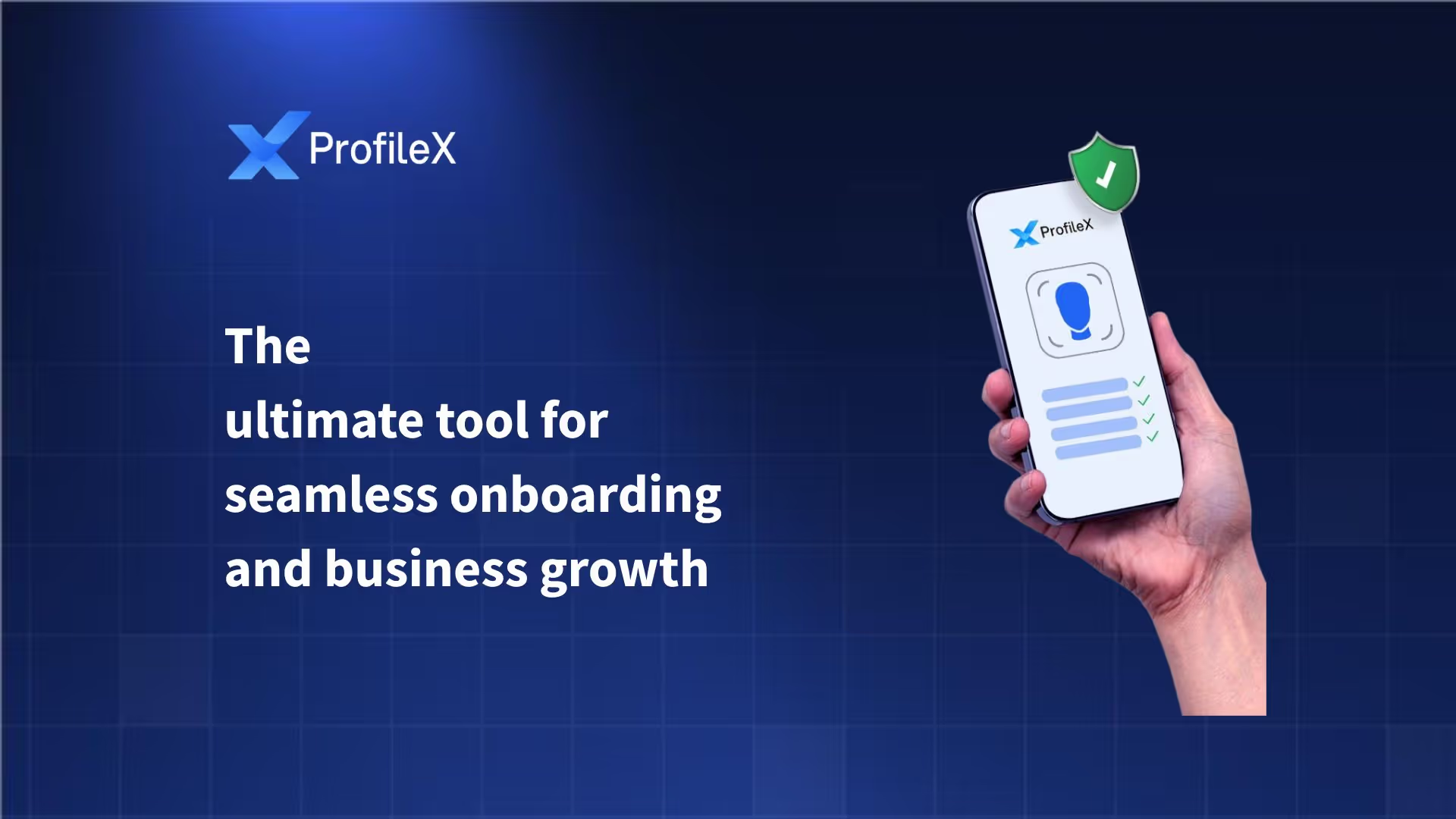Emerging technologies, such as fintech and regtech, are revolutionizing the financial sector and posing a significant challenge to conventional banking systems. Each element of a comprehensive risk and compliance program, including fintech and Regtech, provides distinct functionalities and capabilities. Many financial innovations have come from fintech. The necessity for intricate new laws, however, has resulted from this, and Regtech has emerged as a result. How do the two relate to each other? We will analyze the differences between them so that you can differentiate them and ensure that you are using each one appropriately.
What Does "Fintech" Mean?
Financial technology, or fintech, refers to the tools that financial organizations use to automate the provision and use of financial services. For the most part, fintech companies depend on specialized software to keep track of their financial processes.
Fintech is an abbreviation for "financial technology" and encompasses all software and hardware utilized to facilitate, support, and optimize financial services. It is implemented to optimize intricate financial procedures, thereby enhancing user accessibility and convenience while reducing the burden on compliance and risk teams to manage.
Financial technology (fintech) revolutionizes the financial industry by streamlining laborious procedures such as loan applications and fund administration, thereby increasing consumer accessibility and efficiency. The fintech market is expected to reach a potential size of $300 billion by the year 2023.
Generally, fintech refers to the entire fintech industry, which includes digital financial services. Due to the expansive nature of the term "fintech," numerous solutions are encompassed within its purview. These solutions comprise Regtech software, compliance software, and digital banking services, including neobanks and cryptocurrency platforms.
How Fintech Differs
By providing convenient online services, fintech aims to revolutionize how customers interact with financial institutions through the use of disruptive, innovative technologies. It's a direct challenge to traditional banking and changing how customers view financial services. This banking model enables customers to access customer-centric financial services that are expedited and more effective.
What is Regtech?
Regtech is a type of technology that helps businesses, like banks and fintech firms, follow the rules set by regulators. To maintain sufficient funding, security, and compliance, financial organizations are obligated to establish, enforce, and oversee a multitude of laws, rules, and regulations. Regtech solutions facilitate the automation of routine compliance tasks, enable businesses to make well-informed risk decisions, and optimize the compliance process as a whole. Therefore, instead of worrying about compliance procedures, businesses may focus on other necessary tasks.
What Makes Regtech Unique
Regulatory compliance automation, management, and improvement are the exclusive emphasis of Regtech, a fintech group. There are now Regtech solutions available to help AML firms better manage and keep tabs on regulatory activities. What is Regtech in fintech? Regtech is a subset of fintech that focuses on helping businesses automate, manage, and optimize their regulatory compliance processes. To oversee better and control regulatory processes, AML companies have developed Regtech solutions. Data collecting, reporting, administration, and virtual support are all examples of administrative operations that can benefit from Regtech.
Regtech vs. Fintech: Key Differences
While Regtech (Regulatory Technology) simplifies compliance procedures, fintech (Financial Technology) uses technology to reinvent financial services, guiding us through the complicated world of finance and regulation. Although both fintech and regtech utilize technological advancements to enhance financial services, they fulfill distinct objectives. In contrast to fintech, which seeks to enhance financial services for clients, regtech assists organizations in managing regulatory risks and ensuring compliance with applicable laws. Both use technology to increase financial services efficiency, thus there is some overlap. The following is an exhaustive summary showing the distinctions between fintech and regtech Adoption: In financial services, fintech focuses on enhancing the consumer experience, boosting efficiency, and decreasing expenses. Conversely, Regulatory Technology (Regtech) pertains to the application of technological advancements that aid organizations in adhering to regulatory requirements and mitigating associated risks
Outline The Distinction Between Fintech and Regtech.
Regtech assists fintech companies in the management of intricate financial regulations. Regtech, once considered a branch of fintech, can be used to track supply chain management practices, environmental compliance, and more. There is currently a simultaneous development between Regtech and Fintech. Data security is a major issue in the fintech business and its digital transition. fintech companies exhibit a specific interest in embracing Regtech solutions and integrating appropriate tools to mitigate risks and uphold regulatory standards. It should be noted that various forces are responsible for causing these occurrences. Fintech grew because of new businesses that wanted to find new ways to offer products that would change the financial market. Contrarily, Regtech trends have arisen as a solution to the ever-increasing costs of compliance and the necessity for enterprises to automate compliance operations to reduce costs.
How Does Regtech Assist fintechs Achieve Compliance?
Regtech allows fintech companies to focus on developing solutions that have a positive influence on financial markets rather than dealing with regulatory issues. Compliance and regulation procedures are a prerequisite for every financial solution; this is the domain of Regtech. In the following methods, Regtech solutions can assist fintech organizations in ensuring effective compliance management:
- Comply with local and global requirements across jurisdictions.
- Real-time regulatory monitoring enables fintech organizations to modify quickly to new legislation.
- Deploy enterprise-wide internal regulatory norms promptly.
- Enhance data analytics to have a more comprehensive understanding of their client's financial background.
- Monitor harmful activity and fraud to identify financial threats and dangers immediately.
- Reduce regulatory reporting timeframes.
Additional uses for regtech systems include screening and monitoring transactions, managing and verifying identities, detecting and complying with anti-money laundering guidelines, and preventing fraud.
Conclusion
Recent technological advancements that are propelling all aspects of the economy are rapidly transforming it into a highly dynamic entity. Regtech, a fintech subsector, is becoming mainstream. The financial sector is always regulated. There are a lot of new and old regulatory requirements that make things hard for financial institutions and take a long time. That's why fintechs are now looking to Regtech options.





